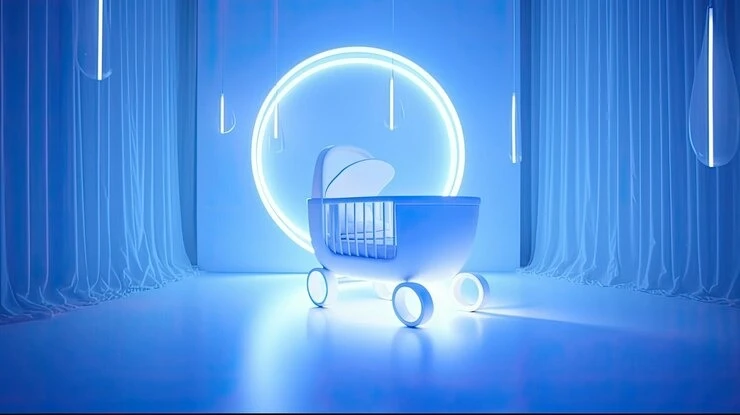Free support 24/7
Free support 24/7

Many people enter the e-commerce field with great enthusiasm and ambition. They start their stores and wait for orders to explode, but suddenly... after three months, they start to feel frustrated. Sales are weak, and the project stalls or stalls!
Does this mean that e-commerce is difficult? No, but there are mistakes that many store owners make, especially in the first three months. In this blog, we explain the main reasons why stores fail quickly, and we mention the mistakes you should avoid to get things off the ground right from the start.
1. Lack of a clear project plan
Many start their stores without a clear plan. They don't know their target audience, have specific goals, or a clear budget.
Tip:
Conduct a simple study of your market. Find out what you're selling, to whom, and why they're buying from you specifically. Set your goals (such as the first 100 orders or the first 10 repeat customers) and stay focused on them.
2. Unrealistic expectations
Some people expect to make huge profits in the first week, but when they don't achieve those goals, they start to lose hope.
Advice:
E-commerce requires time and effort, just like any other business. Set realistic expectations, be patient with the results, and focus on continuous improvement.
3. Poor or absent marketing
A product may be excellent, but if no one knows about it, you won't receive customers.
Many stores create a website, upload products, and wait for customers to come... This is a mistake.
Advice:
Start from day one with a marketing campaign, even if it's simple. Use social media, paid ads, or even recommendations from friends.
4. Poor user experience
Some stores have poor design, don't work well on mobile, or have long and complicated ordering steps, which can cause customers to leave.
Advice:
Stay in the customer's shoes. Test your store yourself. Is it clear? Quick? Easy? If not, address the issues before you start shopping.
5. Ignoring customer service
Many customers encounter simple problems (such as delayed delivery or an order inquiry) and leave the store if they don't receive a prompt response. Tip:
Respond to customer inquiries quickly and professionally. Even if you don't have a team, be available or enable helpful auto-responders.
6. Poor inventory or supplier management
Especially for physical products, some retailers don't prepare for multiple orders or deal with unreliable suppliers.
Tip:
Make sure you have a clear plan for managing orders and inventory. If you're dropshipping, check the quality of your supplier and the speed of their shipping.
7. Imitating competitors without understanding why
You see a successful store and try to copy it verbatim, only to be shocked to find the results completely different.
Tip:
Stay true to yourself and focus on your uniqueness. Successful competitors have a story and experience that you can't replicate. Start your own way and learn from them, but don't copy them.
8. No continuous improvement
Many stores launch and then forget about them. There are no image updates, no new offers, and no data tracking.
Tip:
Review your store's performance every week. Which products are performing? Which pages are visitors visiting? Always adjust and experiment.
The first three months are the foundation and testing phase. If you pass them successfully, your chances of success increase significantly.
But if you make the mistakes we mentioned, you could waste time and money without realizing it.
Take this as a rule:
Successful stores didn't succeed by luck; they succeeded because they did it right from the start and learned from their mistakes.
If you want to start your store on a solid foundation and avoid mistakes from the very beginning, the Sahl team is ready to help you create a professional online store that will serve you throughout every stage of your project.
You can create your store easily